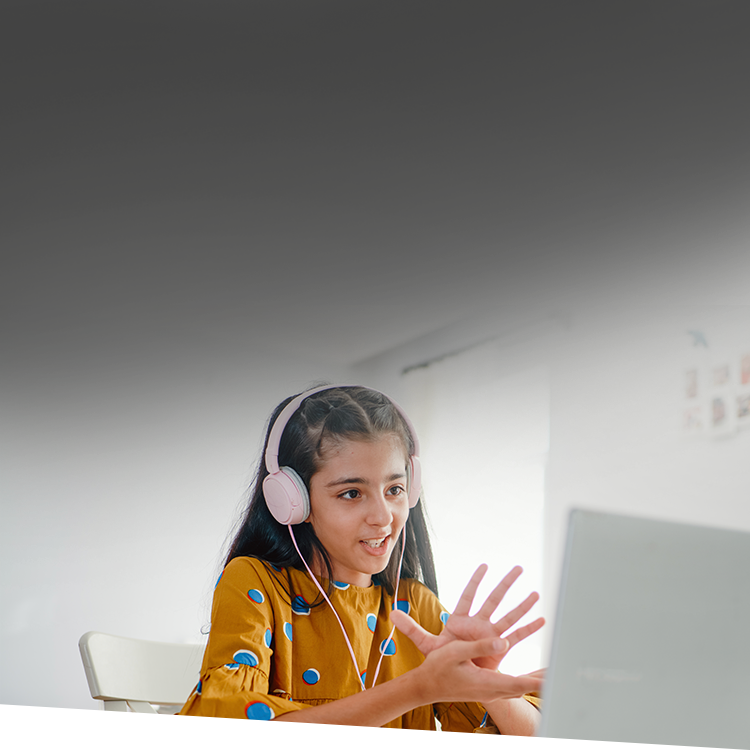ISM worked with more than 1,000 teachers this spring and summer to help them refine their approach to distance learning. As part of our study, we surveyed them about their experiences.
What worked? What didn’t? Here’s what they said.
The Biggest Distance Learning Mistake?
Those who tried to recreate brick-and-mortar classroom practices in an online setting had poor or mixed student feedback.
Students do not learn differently when at home, but teachers must adjust their methods.
In a distance learning paradigm, traditional sequences and program syllabuses should be deconstructed and replaced with teaching a set of skills, abilities, and proficiencies. Traditional summative testing becomes student-centered formative assessments.
A student-centered, outcome-based methodology often better recognizes achievement and progress in proficiencies that enable students to become successful citizens.
Major Takeaways for Effective Distance Learning
These are some of the important concepts we learned this year.
- Students crave predictable routines, such as knowing where and how to contact a teacher or student, where assignments are posted, and how to submit an assignment.
- Students and teachers are better engaged when there is an emphasis on personal connection.
- Social and active learning experiences also lead to increased engagement levels.
- Projects work well for asynchronous learning time, but designing this type of learning was a new undertaking for many teachers.
- Many teachers report it’s more difficult to engage students in live videoconferencing teaching than asynchronous learning activities. It’s also harder to understand how students are comprehending lessons.
Live Video Lesson Strategies That Work
Teachers shared what’s working well for them for live distance learning instruction. Here’s what they said.
- Set expectations for live lessons with students before everyone joins the call.
- Set aside the first five minutes of class to say hello and check-in.
- Use the breakout room functionality of your video conferencing platform to allow students to talk in small groups.
- Ensure there is time for students to share their insights and perspectives on lessons.
- Allow students to teach a lesson or prepare a presentation to help them grasp the material.
- Invite outside experts to bring real-world knowledge to lessons.
- Provide time for your students to socialize—perhaps eating lunch together—to create a sense of "normalcy." These breaks should occur throughout the day.
- Limit how long you conduct “live” teaching each day.
- Schedule one-on-one check-ins with students and parents to help build relationships.

Tune in to live webinars every week during the school year to get specific, research-backed insight you can immediately apply at your school.
Asynchronous Lesson Strategies That Work
Teachers also shared what’s working well for them for their asynchronous lessons.
- Provide weekly updates to families and students including schedules and deadlines.
- Record videos of lessons that allow students to learn at their own pace. Then use live time for questions and discussion.
- Use a single learning management system, such as Canvas, for all classroom worksheets and materials.
- Assign small creative assignments each week to help promote engagement.
- Allow students to use tools like Flipgrid to provide feedback about their progress.
- Ask students to create videos to demonstrate what they know.
- Assign age-appropriate research projects for individuals and groups.
Assessment Strategies That Work
For younger students, teachers need first-hand evidence that their students are grasping each lesson. Videos and one-on-one meetings can accomplish this goal. Videos and one-on-one meetings can accomplish this goal.
For older students, written assignments work well. For all students, live “performances”—such as speeches, presentations, and debates—are great assessment tools.
Project-based learning is also effective. Just remember to provide rubrics so students know what is asked of them. Keep these strategies in mind as your school continues to plan for the uncertain year ahead.





